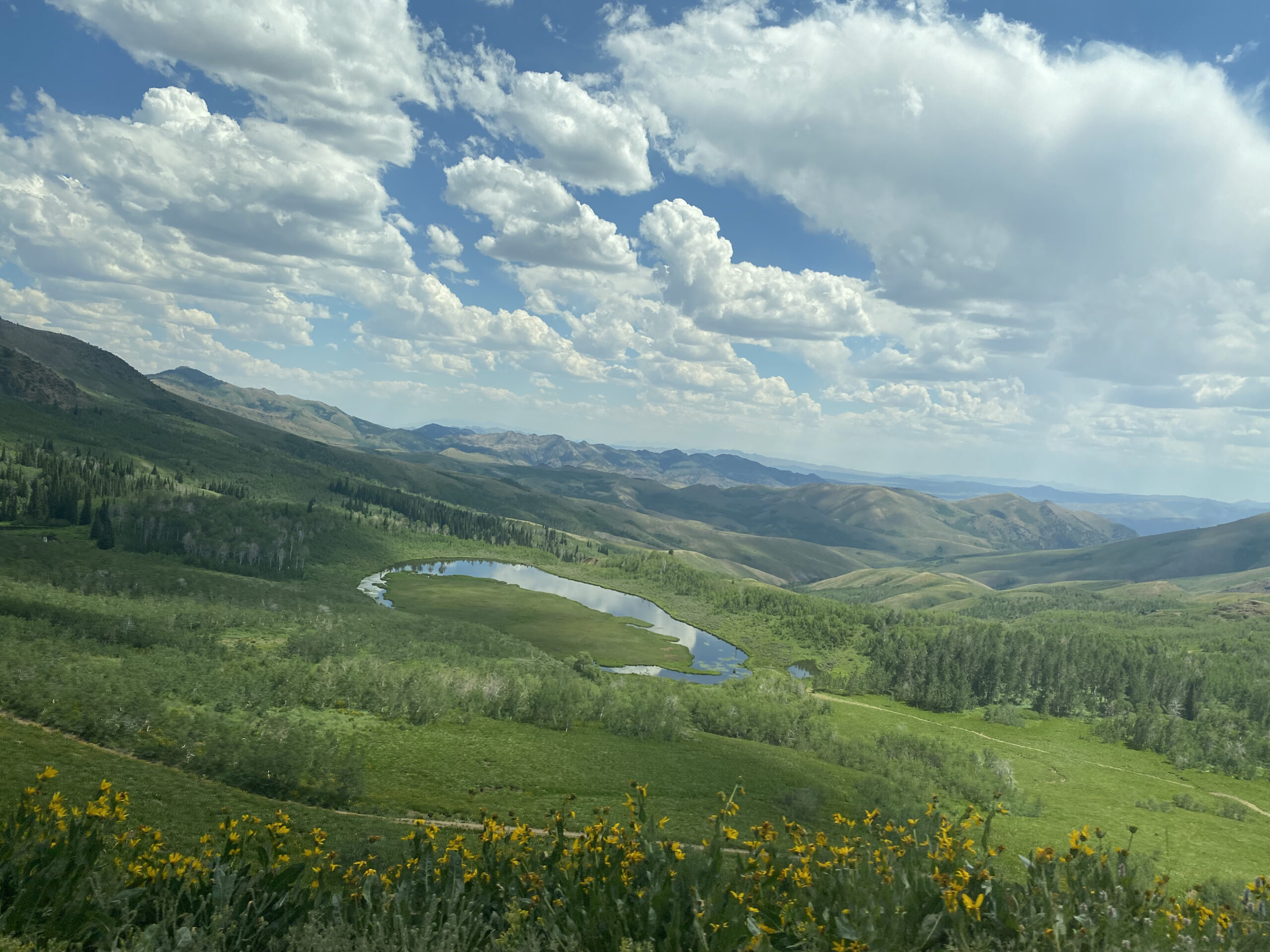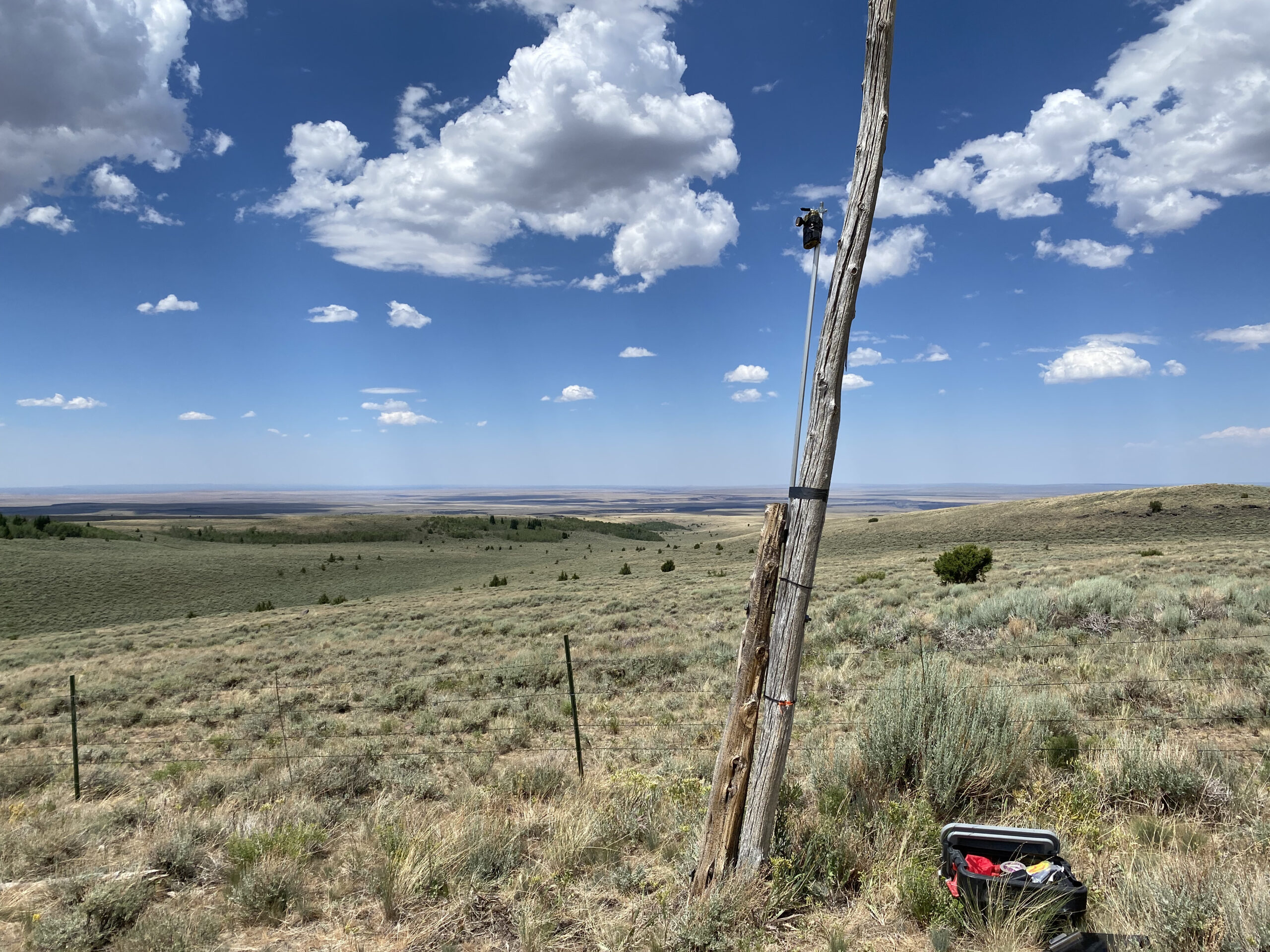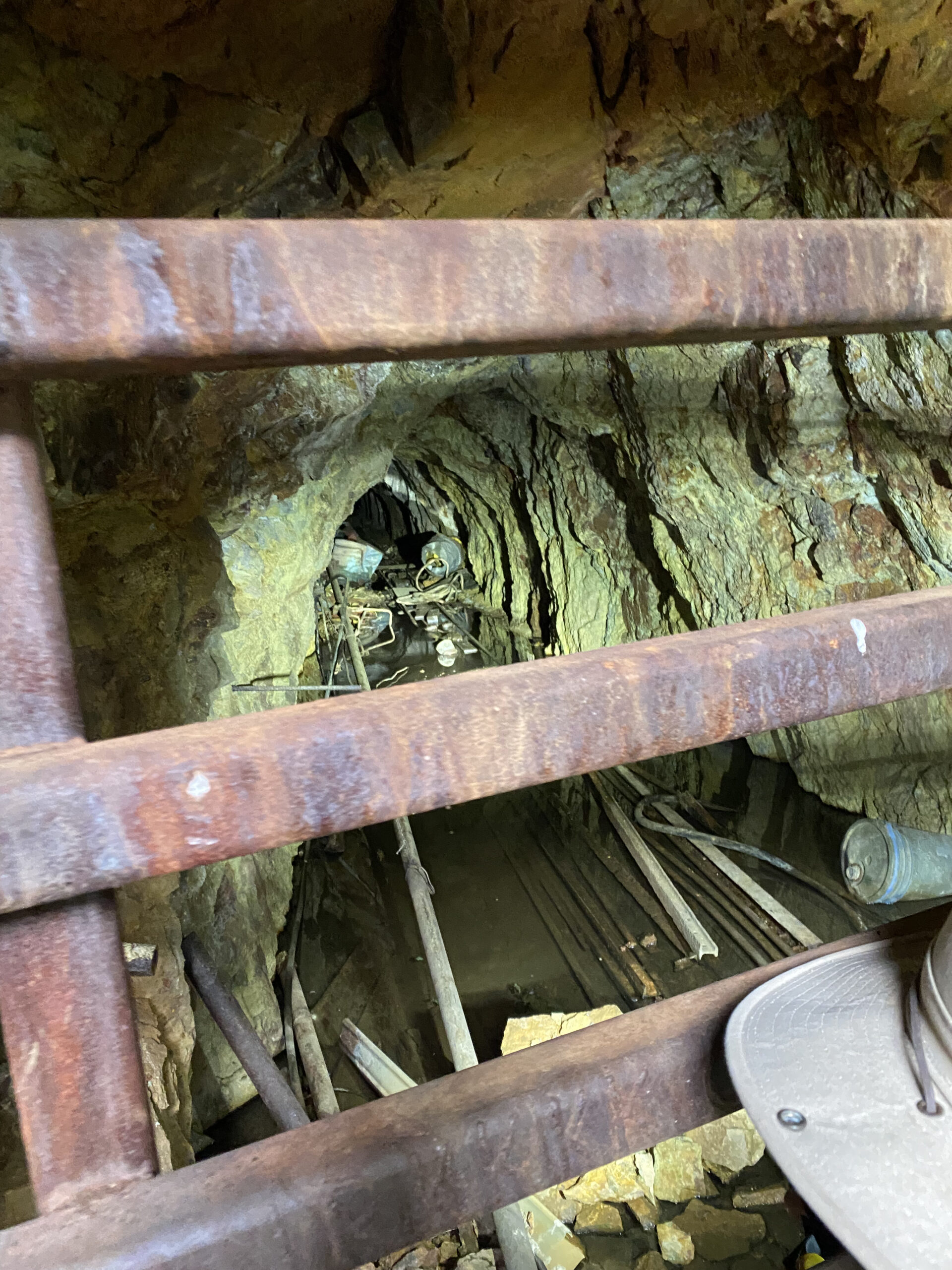Hi CLM blog!
The past few weeks have been plenty interesting and I’m excited to tell you about them! Last time I posted was after the Eriogonum Society conference, and since then, my main work highlight has been going on a mini bat blitz over in Elko. The bat blitz was a departure from plant work but in the interest of being a well-rounded ecologist it was a great thing to do (plus I just really love bats)! I went out in the Jarbidge-Ruby Mountain Ranger District of the Humboldt-Toiyabe National Forest, and in the Ruby Mountain RD near the Medicine Range for this trip, which was led by a team of BLM ecologists based in Elko. The team was interdisciplinary and interagency, which was awesome, and also included a biologist who specializes in abandoned mining land reclamation, a biologist from the Nevada Department of Wildlife (NDOW), and a biologist from the California Department of Fish and Wildlife. It was awesome to work with such a wide range of people from different agencies and backgrounds for the week––I learned a lot from them about bat monitoring but also about how their different organizations can work together.

I also learned more about the area’s ecology, and one thing in particular that was interesting was learning about the effects of wild horses on sagebrush scrub ecosystems in Nevada. The wild horses running around the landscape are not native (they were introduced by the Spanish colonizing the Americas), and although they look awesome running free they actually cause a lot of damage to the ecosystem. It turns out that when they dig in springs as they try to access more water, they end up drying up the springs instead, and they degrade native vegetation and habitats. Land management organizations have a difficult time managing them, however, because some groups’ love for the animals translates to strong resistance to management efforts (we’re talking death threats, even to a grad student doing their PhD on the impacts of wild horses). I knew nothing about this conflict and challenge in western land management, as someone from Minnesota, but thinking about how to effectively manage land when stakeholders have different levels of knowledge about it and relationships with it is relevant across settings and contexts. I appreciated adding a dimension to what I know about Great Basin ecology as well.

Charismatic megafauna aside, the actual bat blitz was very cool! We set up acoustic monitors at several sites (basically microphones at the top of long poles) that would be left up for about a week to record bat calls that can later be analyzed in the lab using software designed to identify bat species by their distinct calls. This software can make tentative identifications but it’s up to the biologists to go through and make final ID decisions. It was awesome to learn that bat calls are a useful way to assess species richness in an area, and impressive to watch people who were familiar with identifying species by their calls that way. This year there was no bat netting to take physical data, due to concerns about possibly passing COVID-19 to bat populations in the state, but in other years netting is the best way to confidently identify species (although there are tradeoffs with time, resources, etc. that can make acoustic monitoring versus capture a better decision depending on the situation).
We also did roost exit counts a few nights, where some team members used night vision goggles to watch a roost entrance and said “one in”, “one out”, etc. while other team members kept track of how many bats had entered and exited their roost with counters. This could give an idea of bat activity at specific roosts on a given night, and can be paired with acoustic data collected at the same location to identify the species active there (and potentially what species are roosting there!). The roosts in question on our trip were old mineshafts and tunnels. It was really interesting to see the abandoned mining lands and how the old mines here look and become part of the landscape compared. I was mentally comparing this type of former mining land with the way old iron mining landscapes in northern Minnesota where I’m from look––it’s a lot different, with MN Iron Range minelands now largely converted to minepits filled in with fresh water, steep hills of waste rock dotted with trees, and orangish dirt in some places. Here I’m still learning about it, but the marks of mining on the landscape are a lot different, with lots of small and intriguing but dangerous entrances to underground mines, and no doubt more that I hope I learn to recognize as the season goes on.

